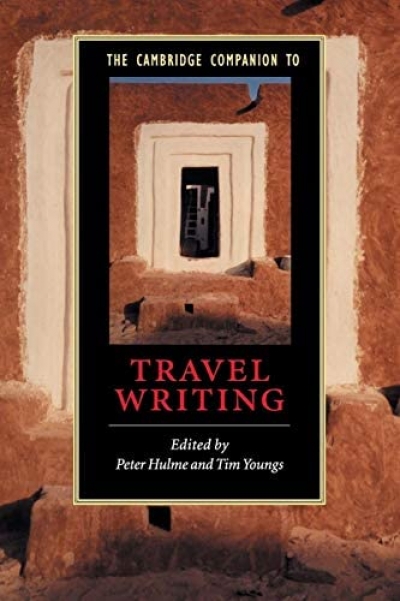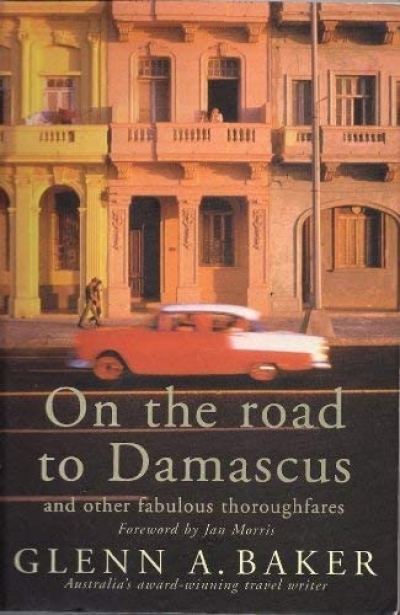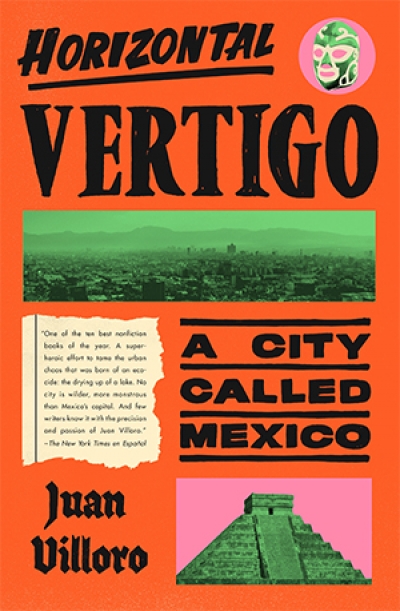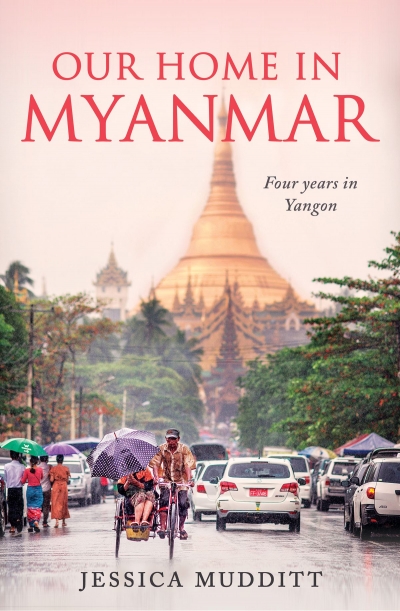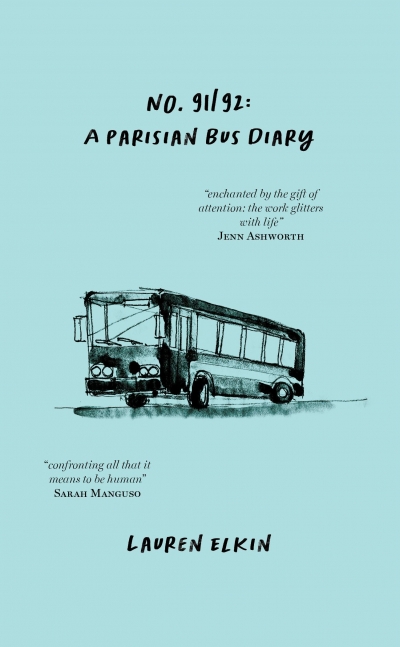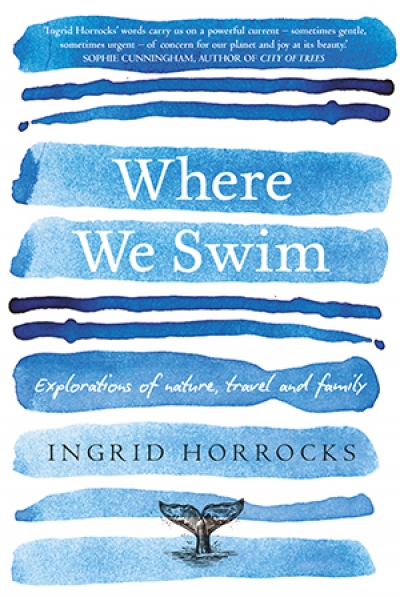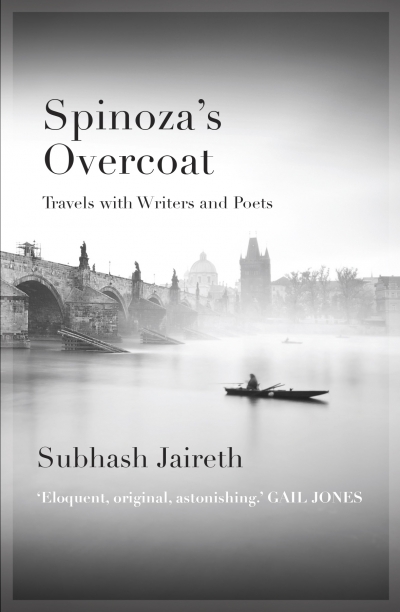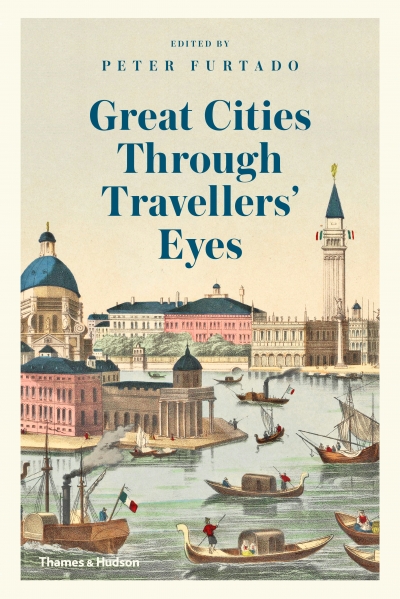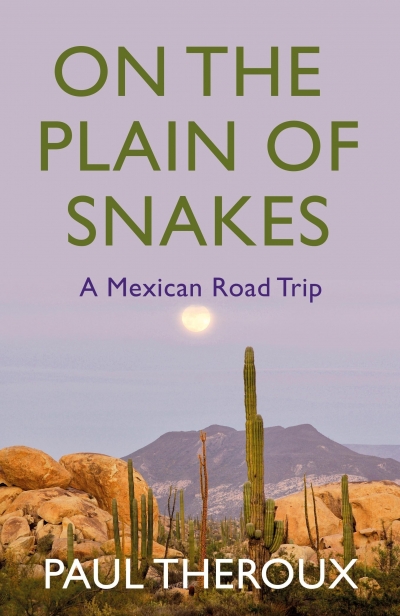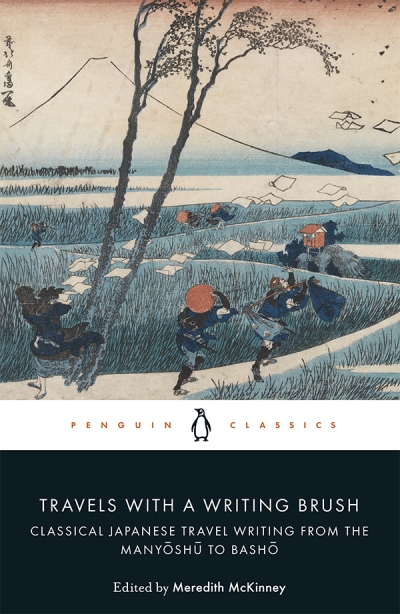Travel
The Cambridge Companion to Travel Writing edited by Peter Hulme and Tim Youngs & Venus in Transit by Douglas R.G. Sellick
In our postmodern age, when everything travels and travel is a metaphor for everything, travel and travel writing have become the subject of intense scholarly interest and debate. Travel, once largely the domain of geographers, and travel writing, previously relegated to the status of a sub-literary genre, now engage attention from literary studies, history, anthropology, ethnography, and, most fruitfully, from gender and postcolonial studies. Conferences and publications abound.
... (read more)On the Road to Damascus and Other Fabulous Thoroughfares by Glenn A. Baker & The Perfect Journey by David Dale
The question remains – where is St John the Baptist’s head? David Dale and Glenn A. Baker are both formidable travellers and reliable chroniclers. Both claim to have been in close proximity to the detached cranium of this biblical hero, but in different countries: Dale in the north of France, Baker in Damascus.
... (read more)Horizontal Vertigo: A city called Mexico by Juan Villoro, translated by Alfred MacAdam
In Isaac Asimov’s Foundation series, the planet Trentor is the capital of the Galactic Empire. Seen from space, Trentor is nothing but city: there are no rivers, trees, or any other natural features, only an endless urban landscape, a metropolis that has taken over the planet. Landing in Mexico City feels like landing in Trentor: the size is overwhelming, and its apparent infinity challenges most people’s understanding of a city. Juan Villoro calls this sensation ‘horizontal vertigo’. The term is borrowed from a description of the grazing lands of the Argentine pampa, and Villoro chose it as the apt title of his chronicle of Mexico City.
... (read more)Our Home in Myanmar: Four years in Yangon by Jessica Mudditt
Our Home in Myanmar: Four years in Yangon is an Australian woman’s account of her four years living and working in Yangon, the commercial capital of Myanmar. In 2012, Jessica Mudditt arrived there with her Bangladeshi husband; they were looking for adventure and a way to pay for the experience. This is Jessica’s story: how she found work with an English language newspaper, her experiences as a foreigner, her fractious relationships with expat colleagues, the struggle to find suitable accommodation, the shock of her summary dismissal, her money and visa problems, and her subsequent work with the British Embassy, before freelancing and working as foreign editor at the much-derided state-run newspaper, the Global New Light of Myanmar.
... (read more)The closest I have ever come to expiring from heat exhaustion was not during one of Melbourne’s oppressive summers. It was not in north-east Victoria as bushfire smoke choked the air and even the kangaroos abandoned the grasslands. The closest I have ever come was not even on the continent of Australia. It was on the number 26 bus as it crawled up the Rue des Pyrénées on a sweltering June day in Paris.
... (read more)Where We Swim: Explorations of nature, travel and family by Ingrid Horrocks
Where We Swim takes the broad view on each component of its title: the ‘where’, the ‘we’, the ‘swim’. Wellington-based author Ingrid Horrocks explains that her original idea – to record a series of solo swims – was transformed when she realised such deliberate solitary excursions were ‘bracketed moments held deep within lives’ and that their contrivance ‘felt too close to the act of an explorer, or an old-school nature writer’.
... (read more)Spinoza’s Overcoat: Travels with writers and poets by Subhash Jaireth
For some of us, love for a work of literature brings with it a desire to learn about the work’s gestation. All the literary theory in the world can insist that a piece of writing is not a question to which the author holds the answer, but whenever a book or poem or essay catches our interest, we want to know more about the person behind it.
... (read more)‘The tourist travels in his own atmosphere like a snail and stands, as it were, on his own perambulating doorstep to look at the continents of the world. But if you discard all this, and sally forth with a leisurely and blank mind, there is no knowing what may not happen to you.’ Thus, in 1928, British writer Freya Stark, an intrepid traveller, described the distinction between a traveller and a tourist. British historian Peter Furtado’s new anthology, Great Cities Through Travellers’ Eyes, is squarely aimed at the former. In it he collects the writings of a diverse group of writers about thirty-eight different cities, over a period dating from ancient times to the 1980s (more on that later). Some writers, such as Marco Polo, Hans Christian Anderson, and Simone de Beauvoir, are well known, others less so.
... (read more)On The Plain Of Snakes: A Mexican road trip by Paul Theroux
At seventy-six, Paul Theroux drove from his home in Cape Cod to Chiapas, Mexico’s southernmost state. On the Plain of Snakes: A Mexican road trip is his account of this adventure, at times misinformed, on occasions tedious, with moments of entertaining, well-researched discussions about the scintillating complexity of Mexico.
... (read more)Travels with a Writing Brush: Classical Japanese travel writing from the Manyōshū to Bashō edited by Meredith McKinney
Meredith McKinney, our pre-eminent translator of Japanese classics – among them Sei Shōnagon’s The Pillow Book, the poetry of Saigyō Hōshi, the memoirs Essays in Idleness by Yoshida Kenkō, and Kamo no Chōmei’s Hōjōki (Record of the Ten Foot Square Hut) – has delivered another marvel of absorbing, elegant scholarship. Travels with a Writing Brush crosses the country of old Japan, from north to south and from east to west, and is a quintessential travel book. It goes to places, and shows them – except that the latter is not quite true; you would not go to this book to see things objectively so much as to cue to them imaginatively.
... (read more)

